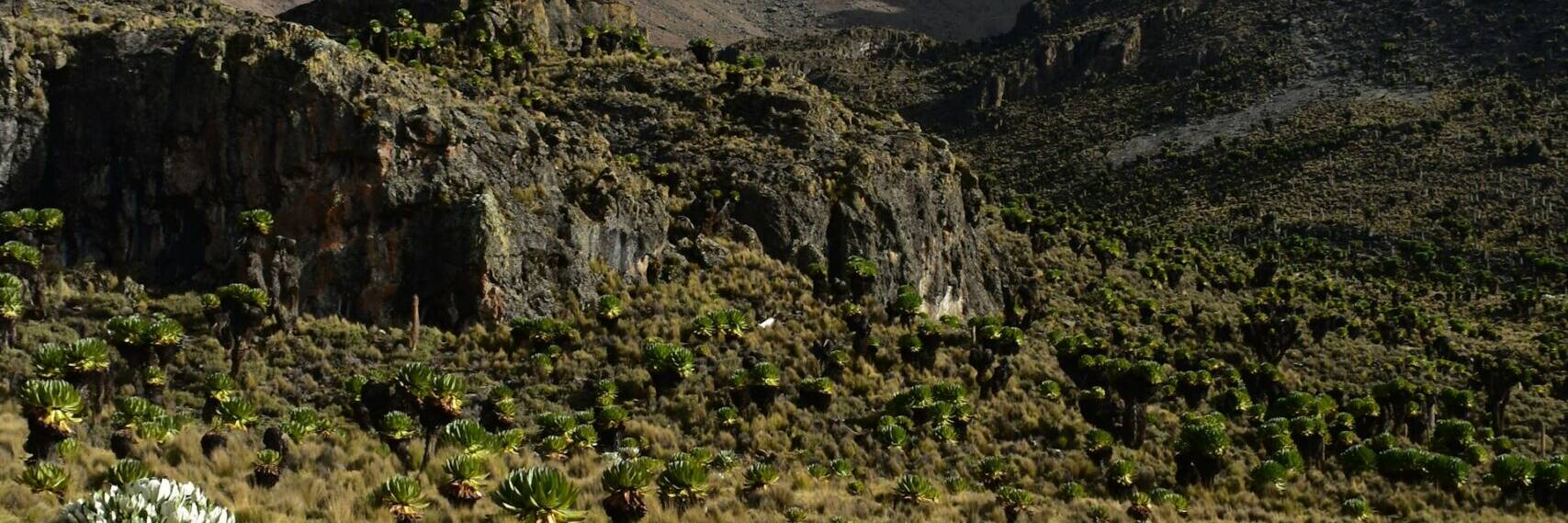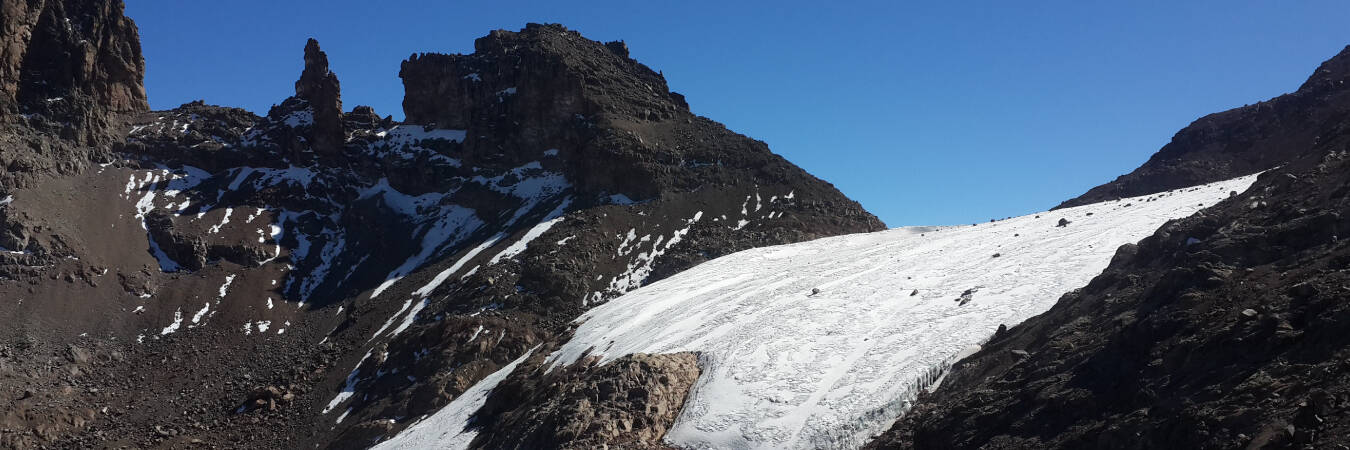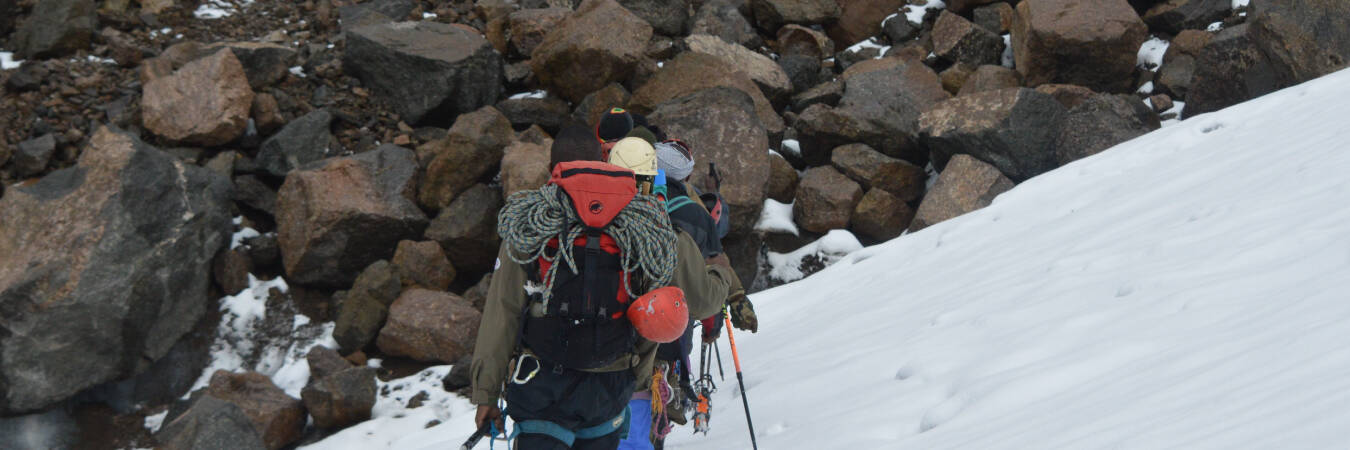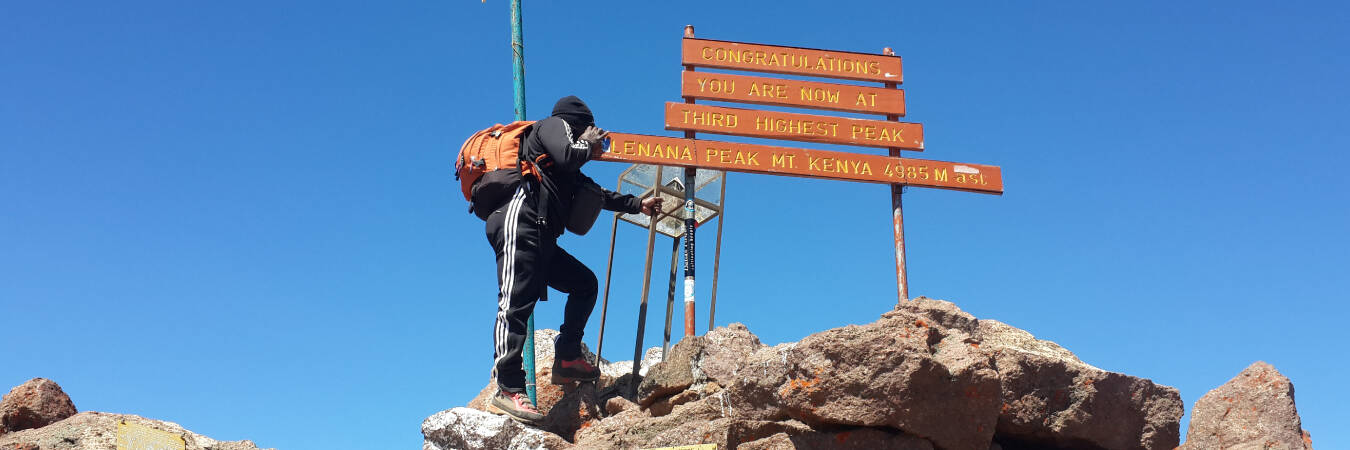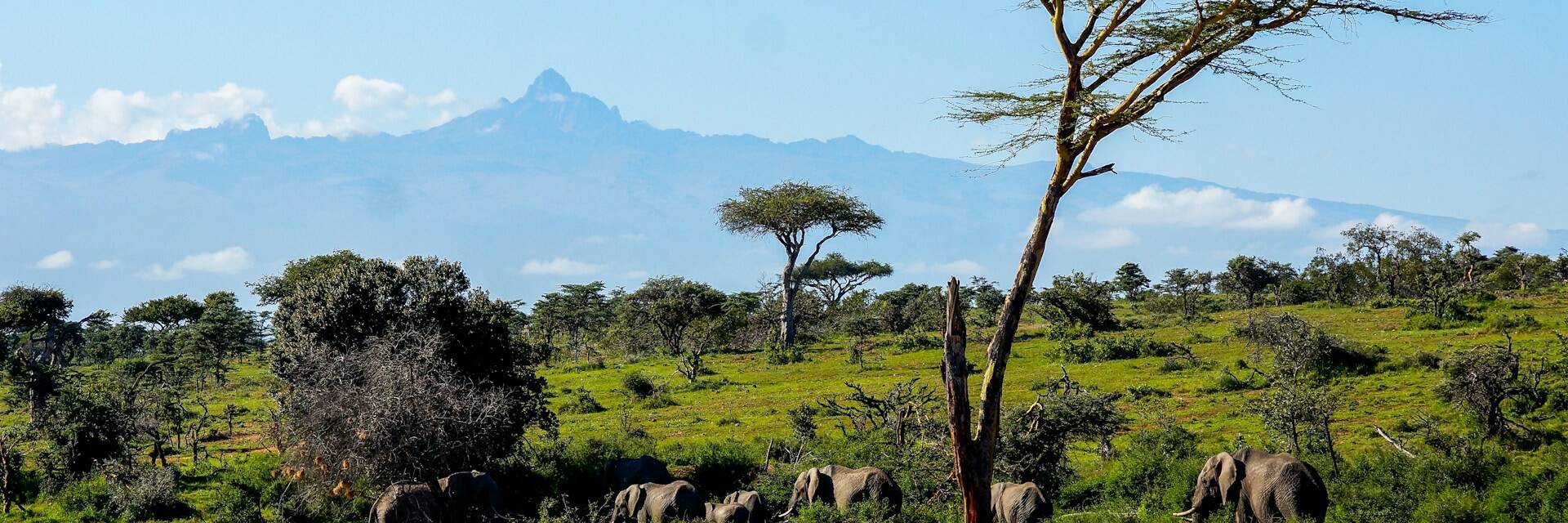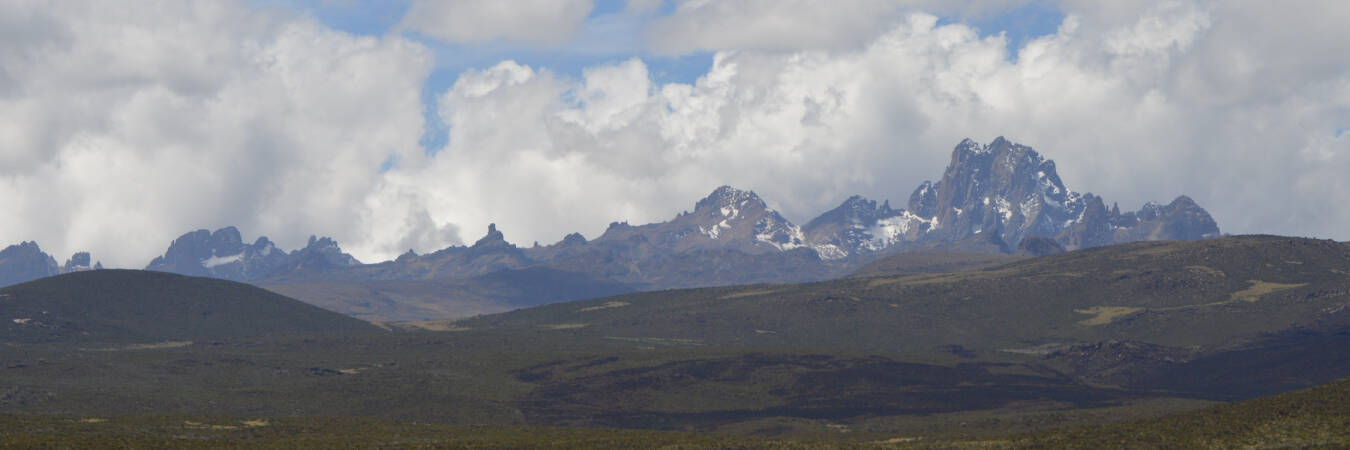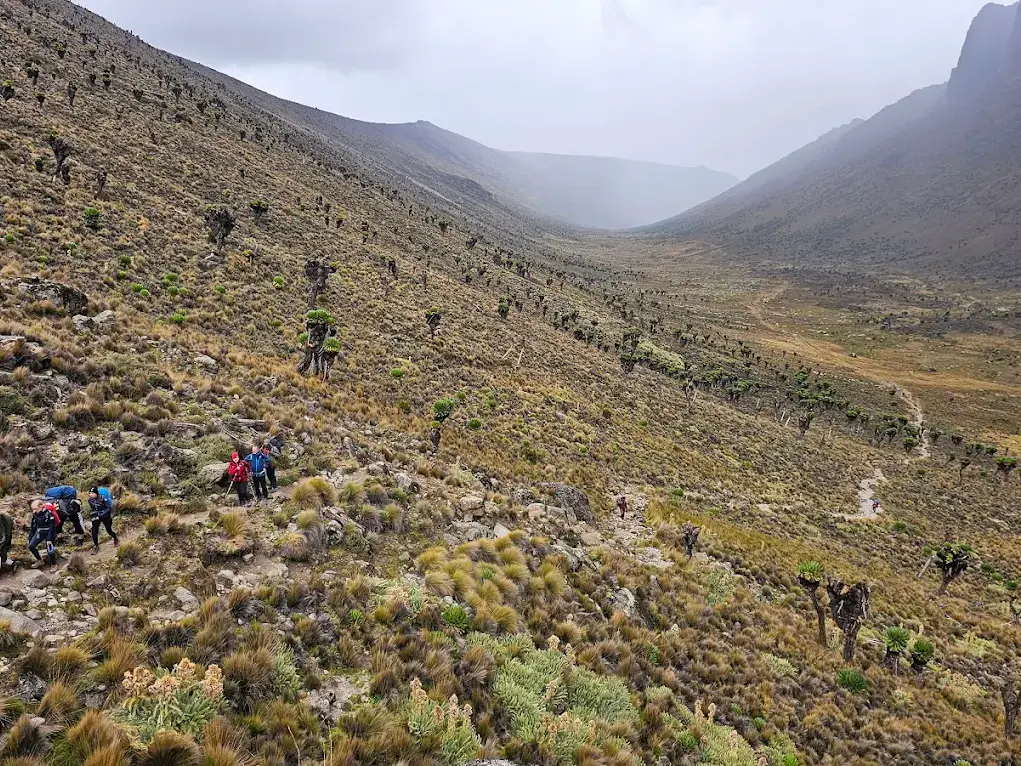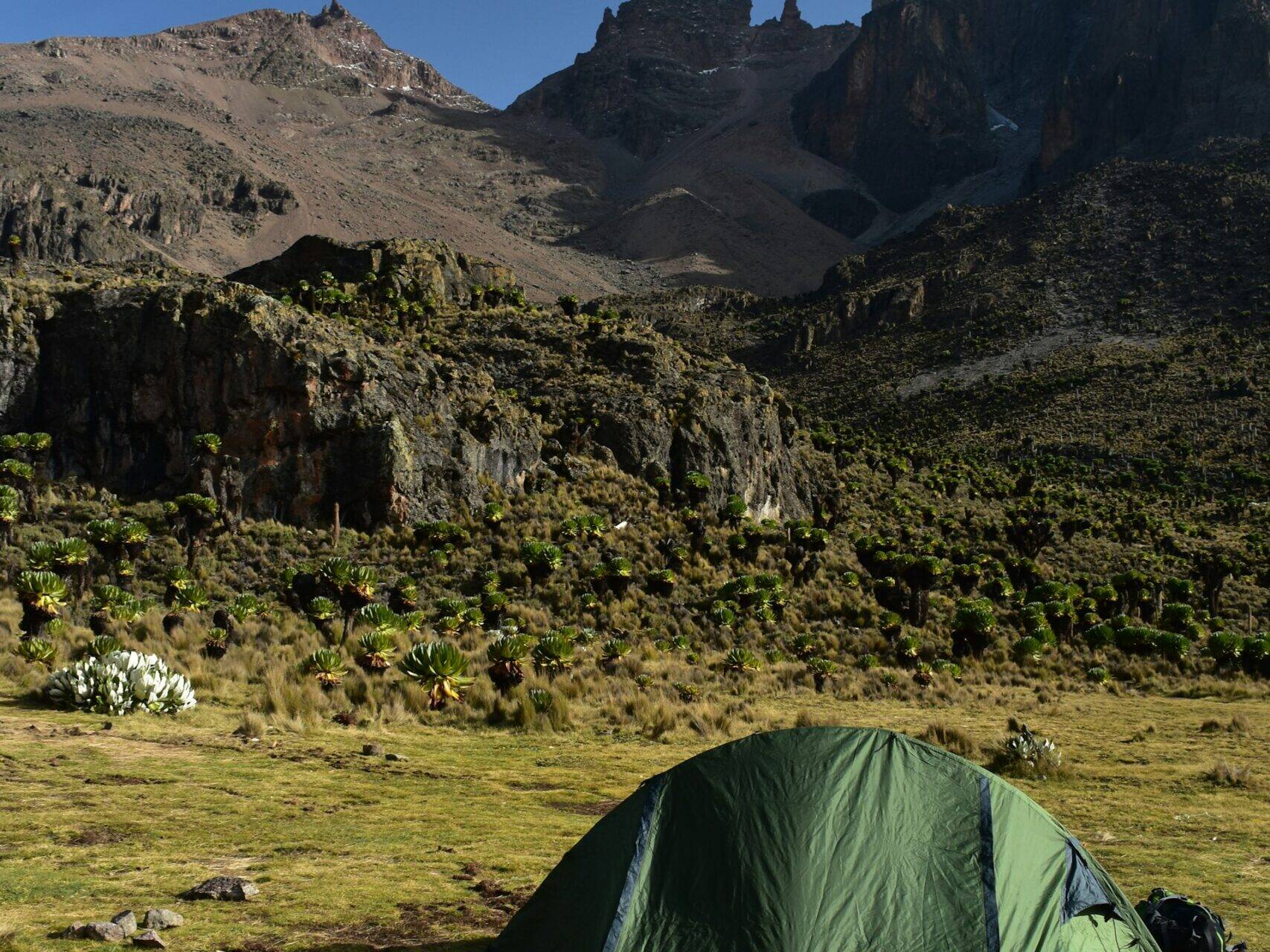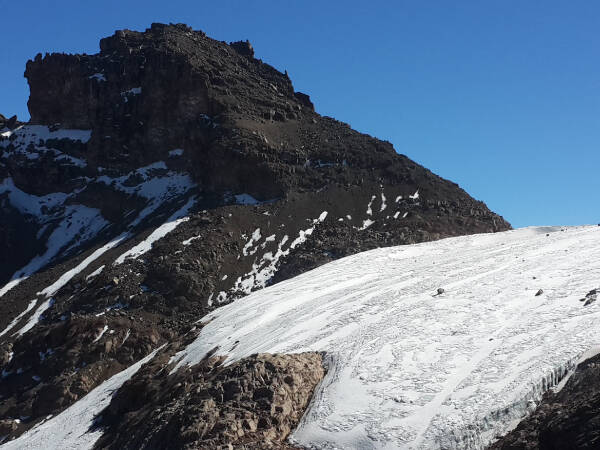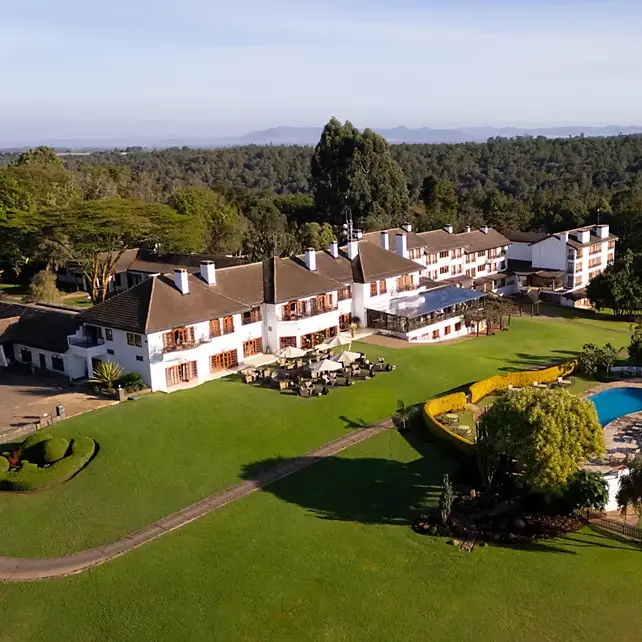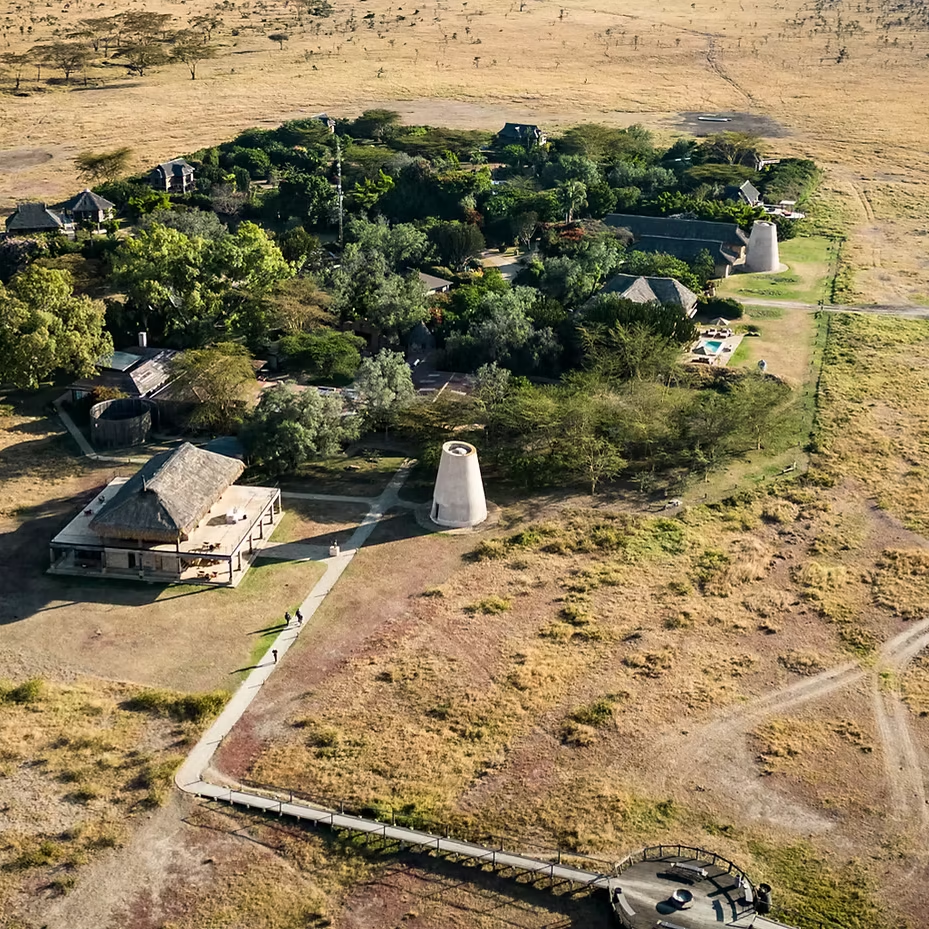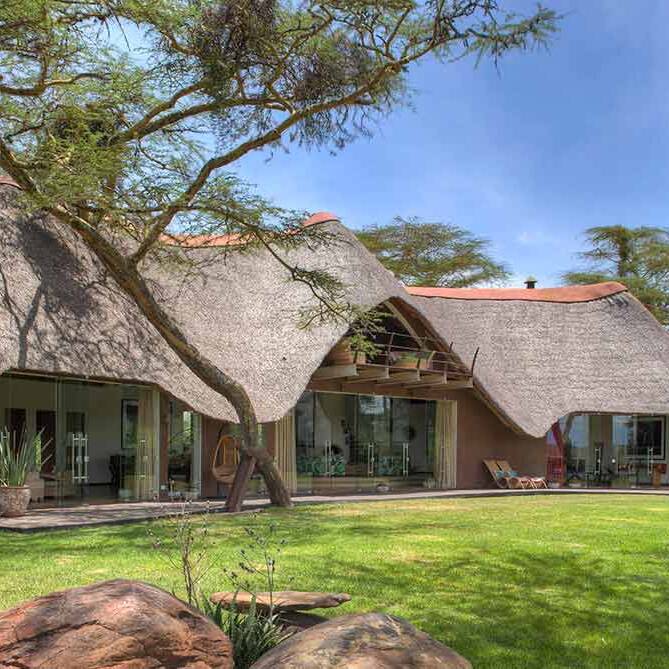Mount Kenya National Park, established back in 1949, covers roughly 715 square kilometers. It features Kenya’s highest peak—Batian, at 5,199 meters—alongside its neighboring summits Nelion and Lenana. The park’s diverse elevation, starting from about 1,600 meters at the lower forest edge and elevating into alpine and glacial zones above 4,000 meters, creates a range of distinct vegetation zones: montane forest, bamboo, heath, moorland, and alpine environments.This variety supports over 130 bird species, unique flora like the giant lobelia, and an impressive lineup of wildlife—including elephants, Cape buffalo, leopards, hyraxes, and the rarely-seen bongo antelope.
This park offers a unique duality. The lower, forested foothills are rich with local culture and community history, while the upper reaches present rugged, glacial peaks that attract seasoned climbers from around the world. Visitors find a blend of high-altitude trekking, up-close wildlife experiences in the reserves, and guided walks through indigenous forest—all set against mountain backdrops and constantly shifting microclimates. For organizations or individuals seeking adventure, ecological diversity, or cultural engagement, Mount Kenya National Park stands out as an all-encompassing destination.
Summit & High‑Altitude Trekking
Multi‑day climbs via established routes—Sirimon, Naro Moru, Chogoria, and Burguret—culminate at Point Lenana for non‑technical ascents. Guides lead small groups between alpine camps (Shipton’s, Mackinder’s), navigating rocks and glacial valleys. Success rewards climbers with sunrise views over the Rift Valley.
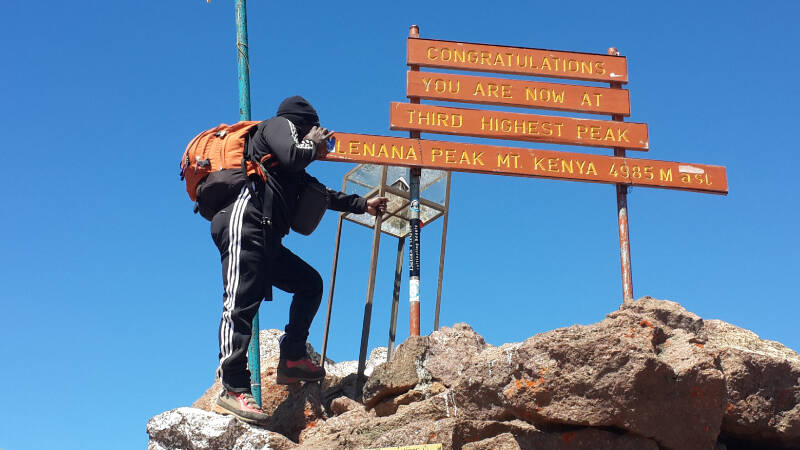
Day Hikes & Nature Walks
For those who prefer shorter excursions, trails to Lake Michaelson, Lake Ellis, or the Gorges Valley offer encounters with giant heathers, endemic flora, and, depending on elevation, sightings of mountain bongo or rock hyrax. Forest‑based guided walks highlight medicinal plants and the park’s conservation history.
Game Drives & Bird Watching
Along the outer park boundaries and adjoining Meru National Reserve, enjoy drives focusing on elephants feeding on bamboo shoots, herds of Cape buffalo, and occasional leopard tracking at dawn. Birding stops at wetlands and riparian zones normally have sightings of African black duck, Jackson’s hornbill, and migrant raptors.
Our expert guides will help identify highland specialties—mountain buzzard, Hartlaub’s turaco, and Tacazze sunbird, for instance.
Mount Kenya National Park/Natural Forest
At 5,199 m, Mount Kenya is the second-highest peak in Africa. It is an ancient extinct volcano, which during its period of activity (3.1-2.6 million years ago) is thought to have risen to 6,500 m. The entire mountain is deeply dissected by valleys radiating from the peaks, which are largely attributed to glacial erosion. There are about 20 glacial tarns (small lakes) of varying sizes and numerous glacial moraine features between 3,950 m and 4,800 m asl. The highest peaks are Batian (5,199 m) and Nelion (5,188 m). There are 12 remnant glaciers on the mountain, all receding rapidly, and four secondary peaks that sit at the head of the U-shaped glacial valleys.
The property includes the Lewa Wildlife Conservancy and Ngare Ndare Forest Reserve to the north.
Plan your visit
Take the first step to plan your trip with us. Our team will take the rest.


